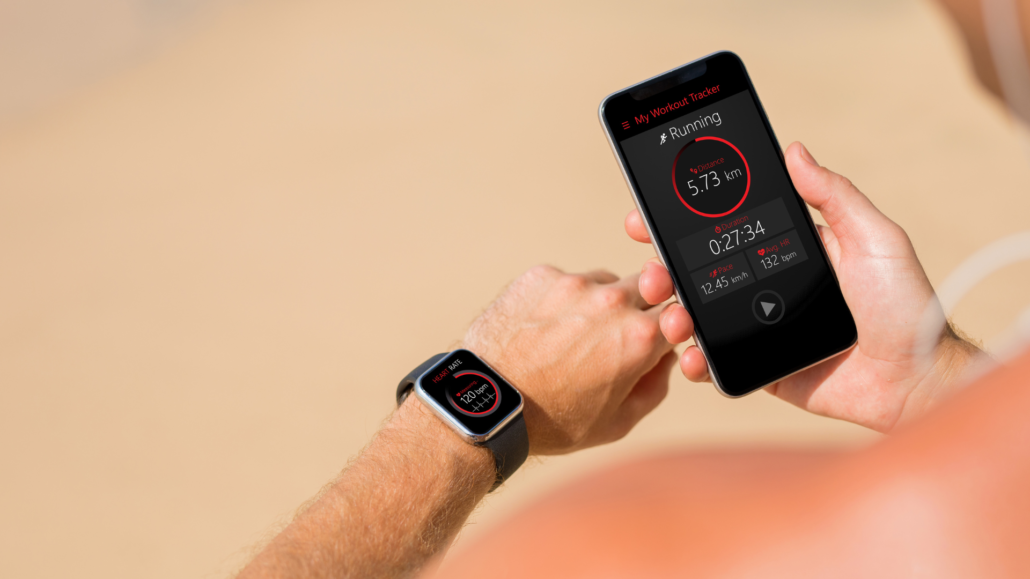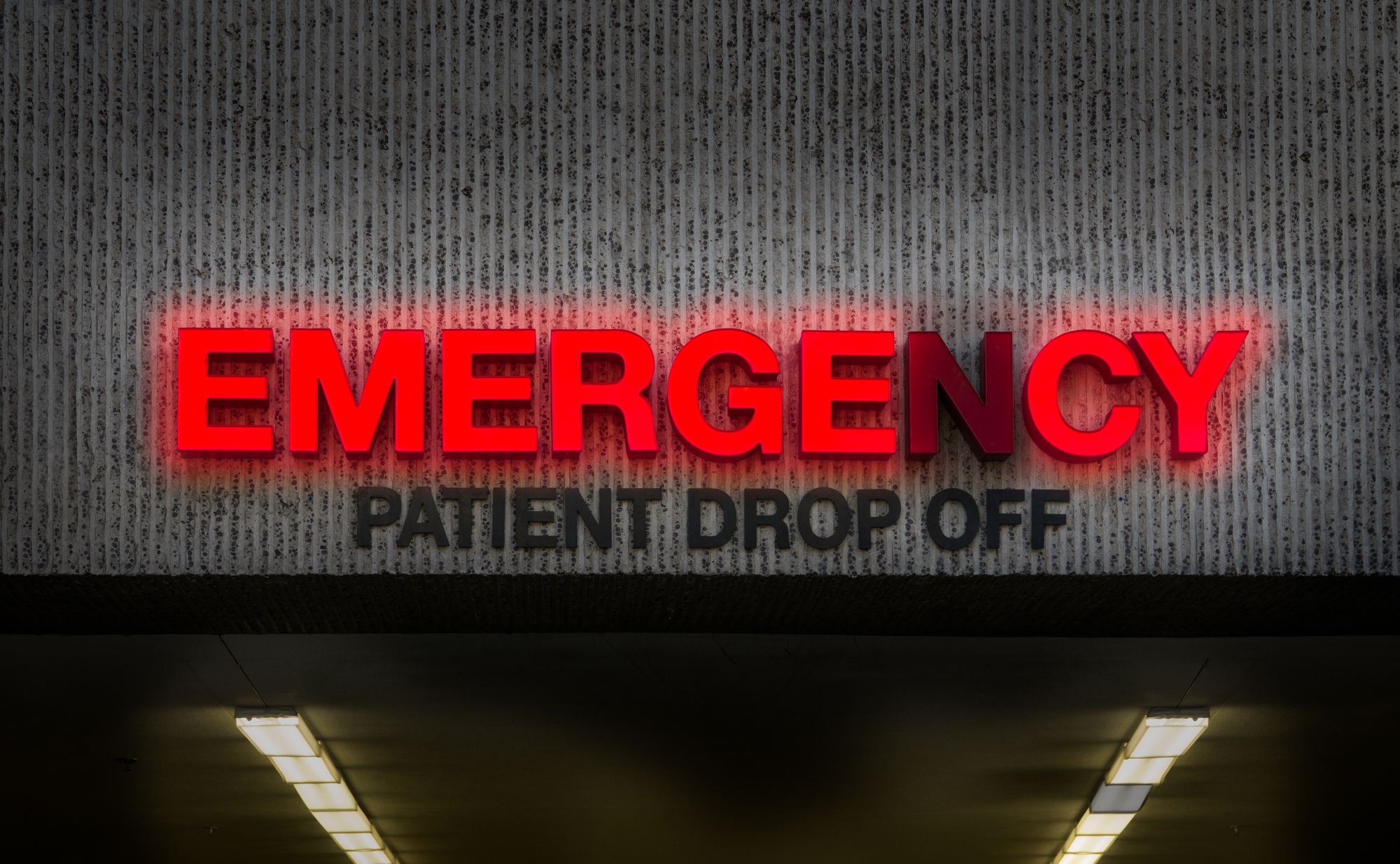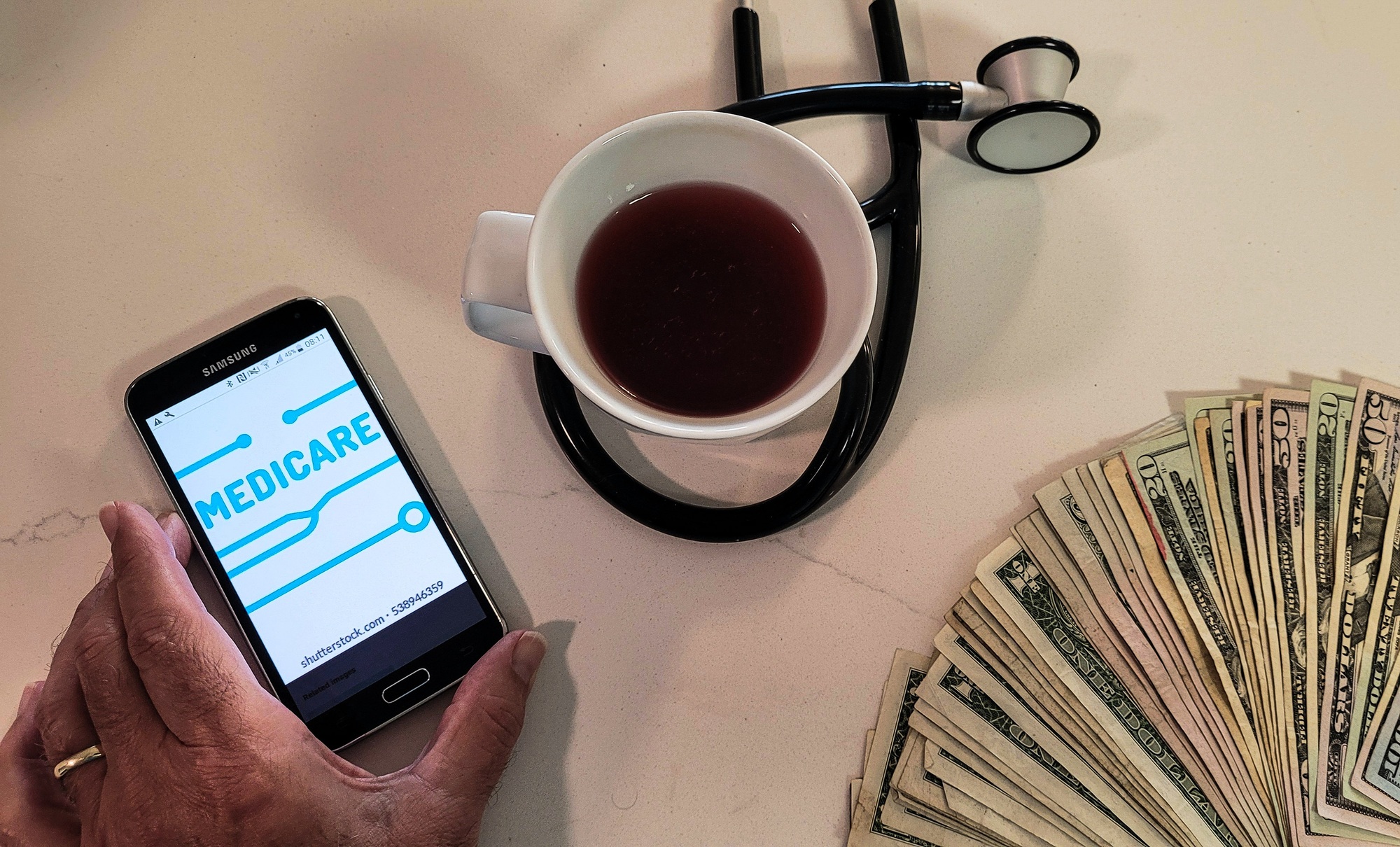Wearable devices, such as smart watches, have become a nearly $72 billion industry, and they offer new conveniences to consumers. They also have revolutionized the healthcare industry, helping doctors improve patient care in unique ways.
The innovative devices, equipped with advanced smart sensing technology, have gained popularity as they encourage individuals to lead healthier lifestyles. They also provide valuable health data that can aid in disease diagnosis and treatment.

The rise of wearable medical devices
In recent years, the field of wearable devices has experienced remarkable growth. Statistics show about 4 million more people in the United States wear these devices each year. With the advancement of mobile medicine and the increasing popularity of personalized health care, wearable devices that include medical monitoring have emerged as one of the most promising areas of development. These intelligent devices are designed to actively record physiological measurements and track metabolic status, offering valuable insights into an individual’s health. By continuously monitoring vital signs and health metrics, wearable devices provide doctors with a constant stream of real-time data, enabling them to make more informed decisions about patient care.
Wearable device applications in health care
Wearable device applications in health care continue to grow. From monitoring chronic diseases to diagnosis and treatment, these are four areas where these devices have made a significant impact:
- Health and Safety Monitoring
Wearable devices have become important in monitoring an individual’s overall health and safety. Equipped with sensors to track heart rate, blood pressure, sleep patterns, and activity levels, these devices provide a comprehensive picture of an individual’s well-being. By analyzing this data, doctors can detect potential health issues at an early stage and intervene promptly. Wearable devices also offer features such as fall detection and emergency alerts, ensuring the safety of patients, particularly those with chronic conditions or mobility limitations.
- Chronic Disease Management
Managing chronic diseases requires continuous monitoring and personalized care. Wearable devices have transformed the way doctors approach chronic disease management. By remotely tracking patients’ health metrics, doctors can closely monitor their condition and make timely adjustments to treatment plans. For instance, wearable devices can track glucose levels in individuals with diabetes, helping doctors optimize insulin dosage and provide personalized recommendations. This real-time data allows patients to take control of their health and minimizes the need for frequent hospital visits.
- Disease Diagnosis and Treatment
Wearable devices have the potential to revolutionize disease diagnosis and treatment. By continuously monitoring vital signs and collecting data on symptoms, these devices offer doctors a wealth of information that aids in accurate and timely diagnoses. Wearable devices enable doctors to monitor the efficacy of treatments and adjust them as needed. For instance, wearable devices can track the recovery progress of patients undergoing physical therapy, providing valuable insight to healthcare providers that can improve rehabilitation outcomes.
- Rehabilitation
Wearable devices are invaluable tools in the field of rehabilitation. They assist patients in regaining mobility and strength after injuries or surgeries. These devices can track movement, monitor muscle activity, and provide real-time feedback on exercise performance. By analyzing data collected from wearable devices, doctors can tailor rehabilitation programs to individual patients, ensuring optimal outcomes. Wearable devices also motivate patients by providing tangible evidence of their progress, enhancing their overall rehabilitation experience.
Future of wearable devices in patient care
As technology continues to advance, the potential for wearable devices in patient care has only scratched the surface. As manufacturers continue research and development, including the opportunities to use artificial intelligence, the uses for wearable devices will continue to grow. The devices will become even more sophisticated, accurate, and accessible, and machine learning algorithms are expected to produce more precise information. Researchers expect wearable devices to offer more accurate diagnosis, personalized treatment plans, and improved patient outcomes.





